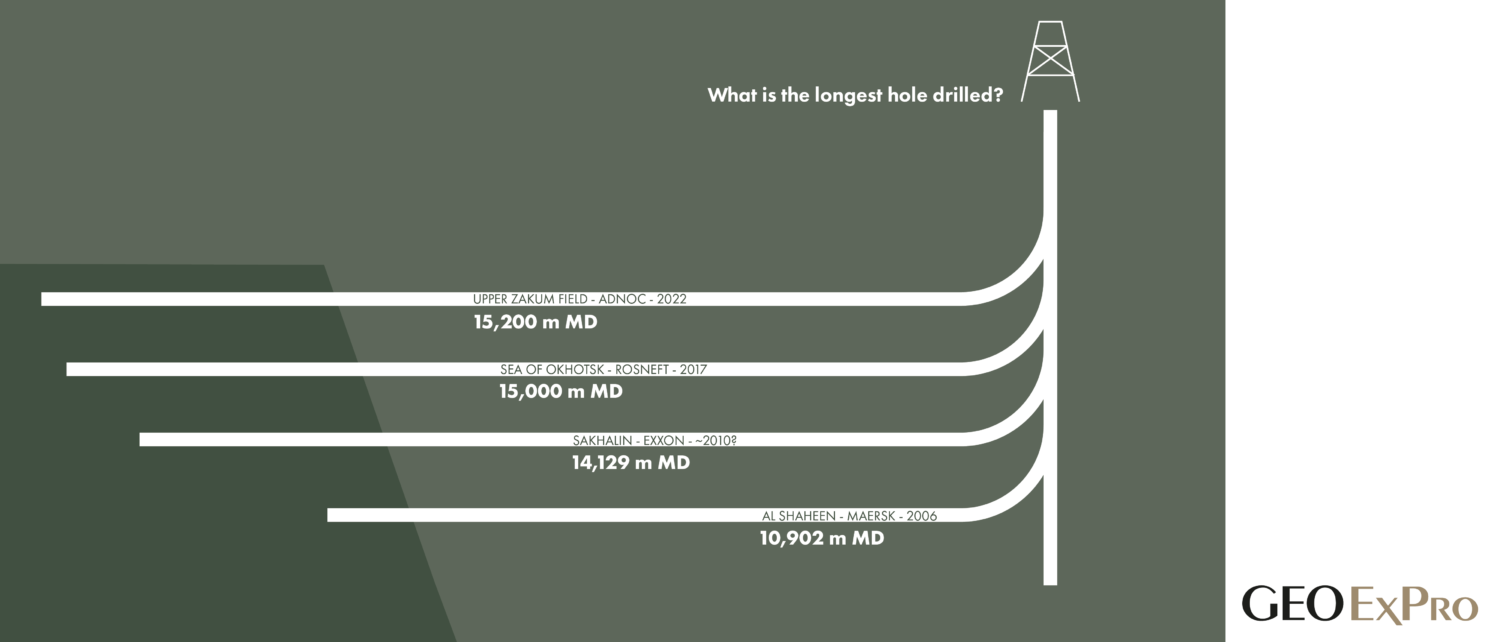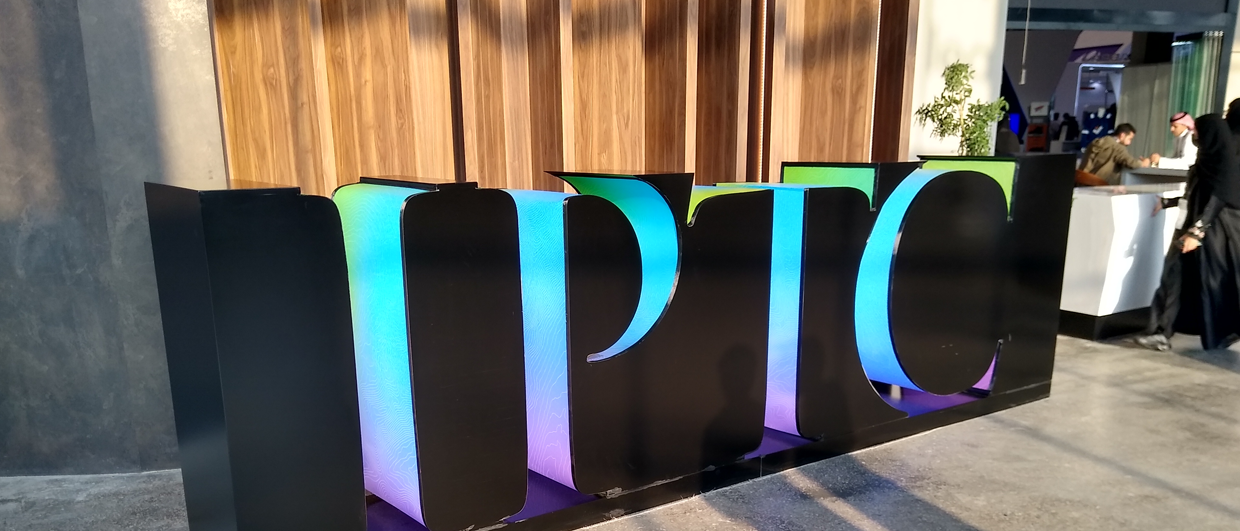It’s not a secret that the Wintershall Dea operated Maria field in the Norwegian Sea has underperformed. During a presentation at the Exploration Revived Conference yesterday, Vedad Hadziavdic – project manager Maria Revitalisation – gave an account as to how the company is trying to overcome the challenges it faced.
The Maria oil accumulation is reservoired in Middle Jurassic Garn Formation sandstones ranging between 90 and 100 m in thickness. Before selection of the development concept, it was already known that four thin siltstone beds were present at regular intervals in the discovery, separating the eyed production zone at the top of the formation from the section where the injector wells were planned at the base.
The siltstone beds did not cause too much concern with regards to presenting barriers to flow. The main reason for this was the observation of a set of intra-Garn faults that seemed to offset the silt beds from one another. It was this observation that made the team conclude that pressure communication between the Upper and Lower Garn was guaranteed.
However, right after production start-up, it was found that pressure communication was an issue, given the rapid pressure decline in the producing Upper Garn. This obviously caused great concern and forced the operator to even temporarily shut in the field and go back to the drawing board.
NCS Exploration Strategy 2021, Stavanger, 17.-18. november
Equinor, M Vest Energy, Lundin Energy Norway, Aker BP, AS Norske Shell, Total Energies, Vår Energi, Petrolia Noco, OKEA, DNO, Concedo, Lime Petroleum, PGNiG, Horisont Energi, Sval Energi, OMV, Wintershall Dea, Neptune Energy, … …
Overburden
As Hadziavdic presented yesterday, the team has now concluded that faults are most likely not present in the Garn Fm, thereby forming an explanation as to why pressure communication does not exist. So why were the faults interpreted in the first place? That has obviously been a matter of internal debate. The main hypothesis for the presence of discontinuities in seismic data – discontinuities that were previously interpreted as faults – is the Lower Cretaceous overburden, as Hadziavdic illustrated.
The idea is that during extensional movements in Early Cretaceous times, the Cromer Knoll sediments overlying the Garn sandstones experienced disruption due to ground movements. This caused local distortion, ultimately leading to the seismic signal to be compromised. It will be interesting to see more some more details around this at some point in the future.
Development strategy
The short-term solution the company has put in place to maintain a basic level of production is to drill an injector in the Upper Garn, in addition to the producer that was already there. In addition, a producer was drilled in the Lower Garn as well. In the longer term, with first oil expected from the overall redevelopment in 2025, the Middle Garn will also be tapped into using a concept that is now being extensively studied and simulated.
HENK KOMBRINK




